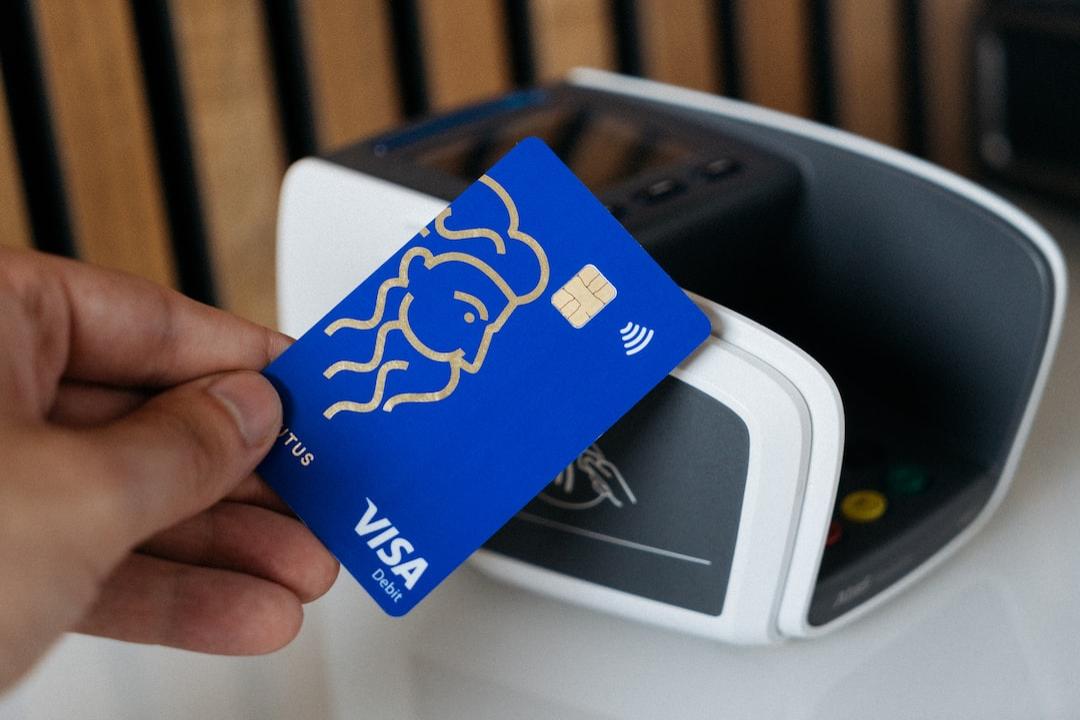Bitcoin Layer 2 Ecosystem Rising
Updated · 15:19:39 Author: Crypto Warrior 2023
Coin World reports: Bitcoin, as the world’s first cryptocurrency, has gained widespread recognition for the security and stability of its main chain. However, with increasing users and transaction volumes, the Bitcoin network faces challenges in scalability and transaction speed. To address these issues, Layer 2 solutions have emerged. This article provides a detailed introduction to the Bitcoin Layer 2 ecosystem, including its concepts, key technologies, and application prospects.
Bitcoin BTC Latest Price Today
Rank
Currency Name
USD Price
$
24H Change
Market Cap
$
Initial Issuance Price
24h High
24h Low
1

BTC
Bitcoin
$54,339.32
-7.72%
$1,068.04 billion
$0.0025
$58,912.79
$53,941.22
Bitcoin BTC Price Trend Chart
Candlestick
Trend
All
24H
7 Days
30 Days
Last Three Months
Last Year
All
24H
7 Days
30 Days
Last Three Months
Last Year
1. What is Layer 2?
Layer 2 technology refers to scalability solutions built on top of the main chain (Layer 1), aimed at enhancing the blockchain network’s processing capacity and efficiency. By processing a large number of transactions off-chain, Layer 2 solutions alleviate the burden on the main chain, improving transaction speeds and reducing costs.

2. Bitcoin Layer 2 Main Technologies
2.1 Lightning Network
The Lightning Network is one of Bitcoin’s most renowned Layer 2 solutions, enabling fast and low-cost Bitcoin transactions through bidirectional payment channels.
Operation:
Payment Channels: Users establish payment channels between each other, updating balances through multiple transactions, with the final state recorded on the main chain only when the channel closes.
Network Topology: Multiple payment channels form a network topology, allowing users to make indirect payments through intermediary nodes, ensuring network flexibility and scalability.
Advantages:
Efficiency: Processing most transactions through payment channels significantly reduces transaction volumes on the main chain.
Low Costs: Reducing the number of transactions on the main chain lowers transaction fees.
Instant Payments: Transactions are completed within seconds, enhancing user experience.
2.2 Sidechains
Sidechains are independent blockchains running parallel to the main chain, facilitating asset and data interoperability through two-way pegging. Users can transfer Bitcoin to sidechains for operations and then transfer results back to Bitcoin on the main chain.
Operation:
Two-way Pegging: Users lock Bitcoin on the main chain, generating equivalent sidechain assets; after operations on the sidechain, users can transfer sidechain assets back to Bitcoin on the main chain.
Independent Operations: Sidechains can have their own consensus mechanisms and functional features, operating independently of the main chain.
Advantages:
Feature Expansion: Sidechains can experiment with new features and applications without affecting the stability of the main chain.
Scalability: Complex operations moved to sidechains reduce the burden on the main chain.
2.3 Aggregated Signatures
Aggregated signature technology allows multiple signatures to be combined into one, reducing transaction data volume and enhancing blockchain scalability.
Operation:
Signature Aggregation: Signatures from multiple transactions are compressed into one aggregated signature, reducing data storage requirements.
Verification Efficiency: Verifying aggregated signatures is more efficient than individually verifying each signature.
Advantages:
Reduced Data Storage: Reducing data volume on the blockchain enhances network efficiency.
Increased Transaction Throughput: By reducing transaction data, more transactions can be included per block.

3. Layer 2 Application Scenarios
3.1 Microtransactions
Layer 2 solutions are particularly suitable for handling microtransactions, such as online content payments, small donations, and in-game purchases. The low costs and instant payment features of the Lightning Network make microtransactions more feasible and efficient.
3.2 Decentralized Finance (DeFi)
Sidechains and the Lightning Network enable Bitcoin’s participation in decentralized finance (DeFi), including decentralized exchanges (DEXs), lending platforms, and liquidity mining.
3.3 Cross-chain Interoperability
Layer 2 solutions facilitate interoperability between different blockchains. For example, through sidechain technology, users can interchange Bitcoin with Ethereum and other blockchains, participating in cross-chain asset exchanges and multi-chain applications.

4. Challenges and Future Development of Layer 2
4.1 Challenges
Security: Layer 2 solutions need to ensure the same level of security as the main chain to prevent double-spending attacks and other security threats.
User Experience: Simplifying user operations and improving user-friendliness of Layer 2 solutions are crucial for widespread adoption.
Standardization: Lack of unified standards and protocols may lead to interoperability issues between different Layer 2 solutions.
4.2 Future Development
Technological Innovation: Continued development of new technologies, such as zero-knowledge proofs (zk-SNARKs), to further enhance the efficiency and security of Layer 2 solutions.
Ecosystem Expansion: Promoting the application scenarios of Layer 2 technology across more domains and use cases.
Community Drive: Increasing awareness and usage of Layer 2 solutions among users and developers through education and promotion, building strong community support.
The Bitcoin Layer 2 ecosystem addresses scalability issues of the Bitcoin main chain through innovative technologies, significantly enhancing transaction efficiency and user experience. Layer 2 solutions such as the Lightning Network, sidechains, and aggregated signatures bring broader application scenarios and development potential to Bitcoin. Despite facing challenges, with ongoing technological advancements and ecosystem expansion, Layer 2 technology will play an increasingly important role in the Bitcoin network, driving further development in the cryptocurrency field.
Bitcoin L2 Ecosystem Hot News

Top 8 DeFi Applications on Bitcoin L2 Stack
Discover the top 8 DeFi applications with the highest user count on the Bitcoin L2 stack. …

Detailed Overview of Bitcoin L2 Ecosystem Landscape and Project Map
Bitcoin’s design constraints are particularly evident in ensuring withdrawal security in Layer 2 solutions. …

In-depth Exploration of Bitcoin L2 Ecosystem
Bitcoin, as an innovative digital currency, enables direct transactions bypassing traditional financial intermediaries. However, its rise has brought inherent challenges and a triple dilemma. …

Why Bitcoin Needs Layer 2? How is L2 Development Progressing?
This article explains the necessity of L2, their current status, future development prospects, and their ultimate state. …

Intensive Launch of Bitcoin L2 Project Mainnets: Challenges and Opportunities Behind New Formats
Intensive launch of Bitcoin L2 projects, coupled with narratives of halving, is constructing a moat for the Bitcoin ecosystem. …

BTC L2: Dormant Capital 0-1 Dividend
Technological innovations arise not from individuals writing papers at home, but from the immense market demand accompanied by free market competition, leading to new technological innovations.

